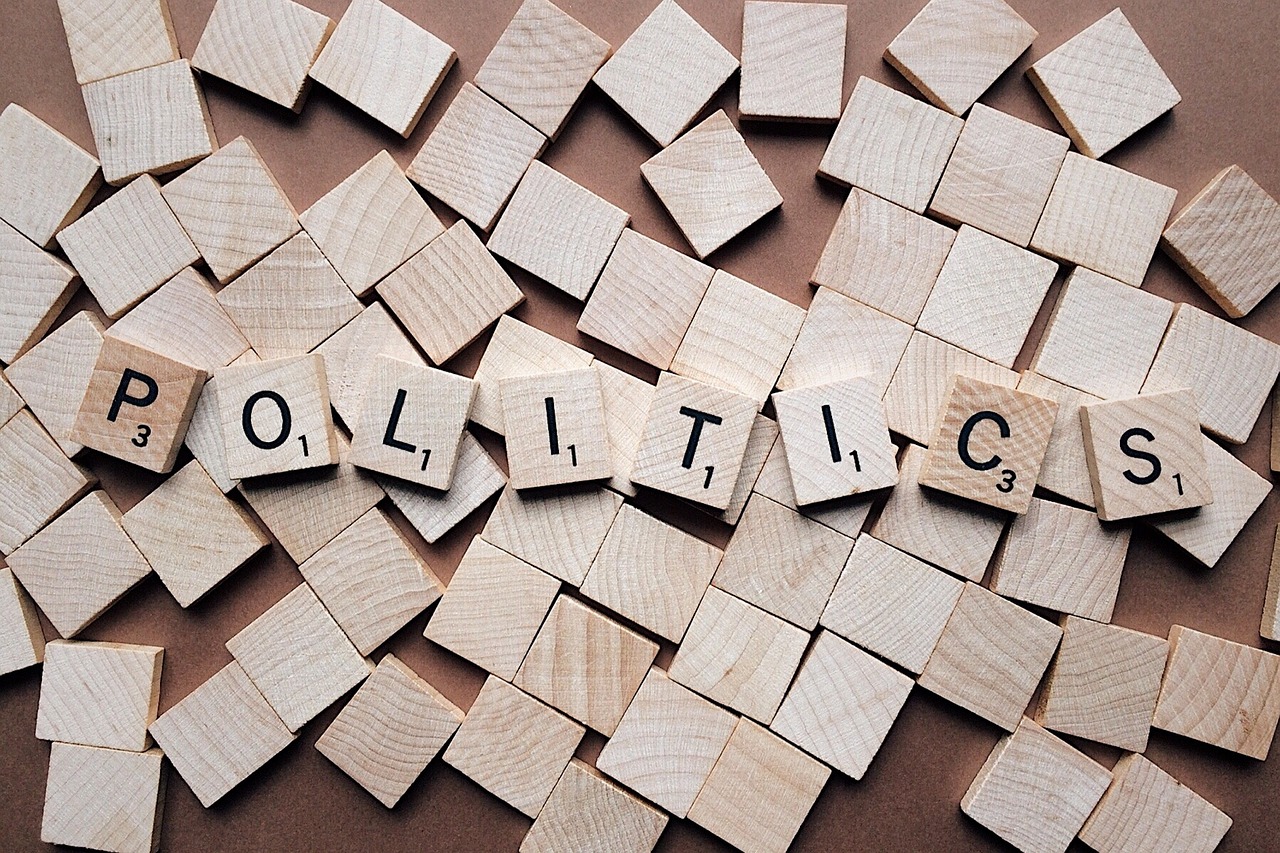Uncertainty Reigns in the Presidential Race
In an unprecedented political climate, the outcome of the upcoming presidential election remains shrouded in uncertainty. Unlike previous contests, where trends were more discernible as Election Day approached, this election presents a complex landscape where no candidate can claim a clear advantage. With pivotal battleground states in the balance, the stakes have never been higher.
Shifting Polls and Surprising Trends
Recent polling data reflects a tightly contested race, with most surveys falling within the margin of error. This ambiguity means that either candidate could potentially lead, leaving political analysts and campaign teams grappling with the unpredictability.
Recent polling trends indicate that key demographic shifts may play a crucial role in determining the winner. For instance, there has been unexpected support for Kamala Harris in Republican-leaning areas, particularly a recent Iowa survey that revealed her leading among traditionally conservative voters.
Both candidates have focused intensely on specific battleground states, each with their distinct electoral strategies. Harris’s “blue wall” encompasses Pennsylvania, Michigan, and Wisconsin—states that proved pivotal for Donald Trump in 2016 but were flipped back to Democratic control by Joe Biden in 2020. To secure her path to victory, Harris must retain these states while also winning a congressional district in Nebraska.
Conversely, Trump’s “red wall” extends from Pennsylvania down through North Carolina and Georgia. Winning these states could provide him with enough electoral votes to claim victory regardless of other outcomes.
The Broader Implications of Election Outcomes
The significance of this election goes beyond immediate results; it may shape U.S. policy for generations to come. The candidates embody starkly different visions for America regarding immigration, trade, cultural issues, and foreign affairs.
As demographic shifts continue to redefine party bases—where Republicans attract more blue-collar voters and Democrats rely increasingly on affluent, educated constituencies—Tuesday’s results could illuminate new trends in American politics.
While this election appears evenly matched at present, such close races are not indicative of a new normal in U.S. politics; past decades have shown that electoral landscapes can shift dramatically over time.
In conclusion, as Americans prepare to cast their votes, the outcome remains anything but certain. With both candidates making last-minute appeals to sway undecided voters and bolster turnout among key demographics, the final tally may reveal unexpected shifts that reshape political alliances for years ahead.


